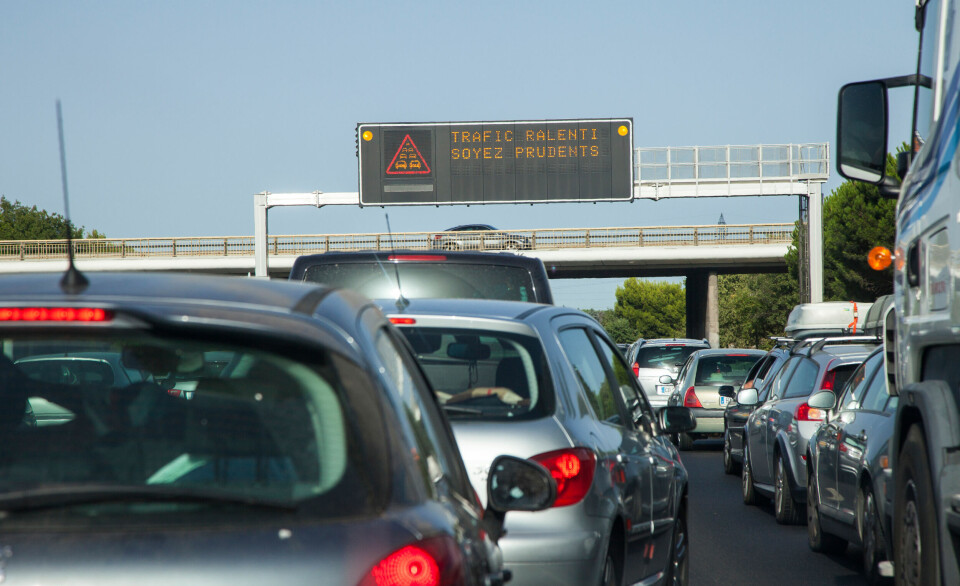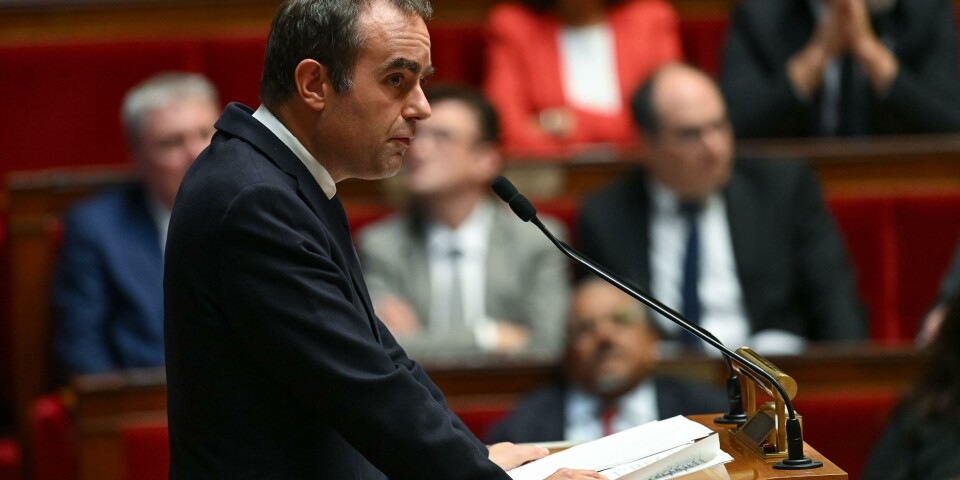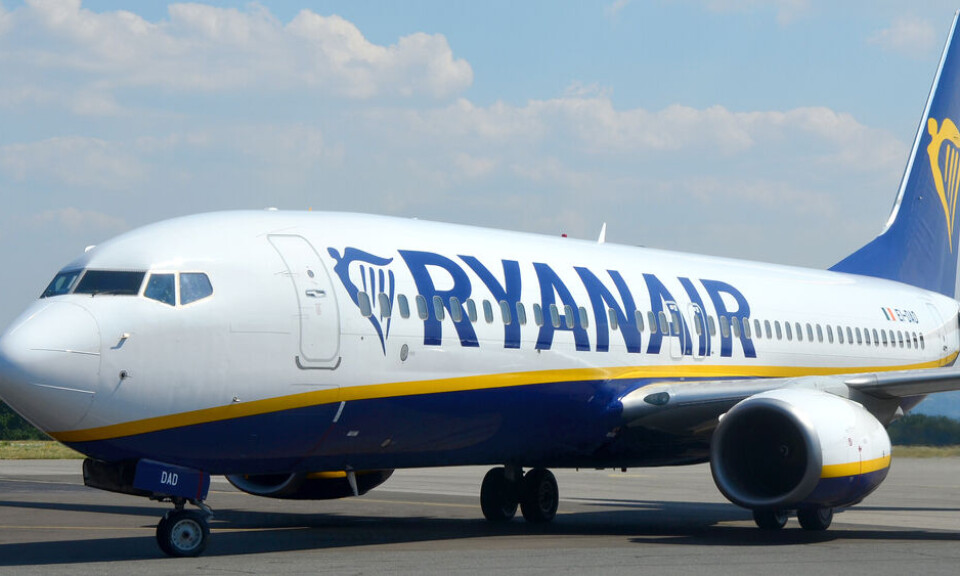-
President Macron defends French ‘laïcité’: what is this?
Teachers say younger students are shunning secularism in France
-
My daughter and thousands of students in France left in limbo by delayed grants
A Connexion reader got in touch to tell us about the trouble his daughter had receiving her university grant (bourse)
-
Explained: How to go to a French university as an overseas student
Final submission deadlines are in December-January to start in the following autumn
Fewer days in class but more hours studying
As many schools return to the four-day week, a report says French children spend the least number of days in school of 35 developed countries studied but more hours in class.

Education at a Glance by the Organisation for Economic Co-operation and Development (OECD) said France’s organisation of the school year was the main difference with just 162 days in class in primary in 2016/2017 – before the four-day week – but more hours in class than average; 864 compared to 800.
Class size is also above average, at 23 in primary and 25 in secondary, although this is better than the UK’s 26 at primary.
This will fall further when the government halves class sizes in under-privileged areas in the first two years of primary, (CP and CE1) in 2017/2018.
Teachers are paid 9% below the average in primaries, the average in collège and 7% above the OECD average for lycée.
Public spending is high with “a significant 5.3% of its GDP” for education “but there are imbalances between the different levels” – with lower spending on primary, (15% down on other countries), 37% higher at secondary and average in higher education. France lags Europe in its job success rate for vocational programmes such as professional baccalauréats and CAP/BEP, despite higher spending, with 74% of 25-34 year olds finding work, against 79% in Europe, 85% in the UK and 86% in Germany.
























